A policing expert says sharp criticism of Edmonton's police chief by the union representing officers reveals serious morale and leadership trust issues.
The Tyee obtained the June edition of the internal association newsletter Rank & File. It contains a litany of complaints about Edmonton police Chief Dale McFee, especially from Edmonton Police Association vice-president Cory Kerr, who clearly knew McFee and other senior officers would read his missive.
“Seeing as there are those in a leadership role in the EPS [Edmonton Police Service] that do take the time to read our newsletter and likely this article, the EPA needs you to understand something:
“Your membership isn’t happy with the way you are running things,” Kerr wrote, and then listed numerous grievances with the management of the police service.
The Tyee provided the newsletter to University of Alberta criminologist Temitope Oriola.
“At the minimum,” Oriola said, “Kerr’s statement suggests there are major trust and morale issues within the EPS and deep division between the leadership and rank-and-file. This is alarming and deeply concerning.”
An Edmonton police spokesperson said McFee was away on holiday and would not comment.
In a statement the spokesperson said the chief and his senior staff respected the association’s “passionate” advocacy for its members and she said the EPS and EPA would “continue to engage regularly on a variety of issues.”
In the newsletter, Kerr tells McFee members are “tired and overworked” and “have had enough.
“They are tired of doing more with less,” he said, and “they are tired of the constant and never-ending change in your organization.”
The members are tired of “nepotism,” Kerr said, although he provided no specific examples and he declined to comment or clarify if he was mistaking nepotism for cronyism.
Another section in the newsletter entitled Cheers and Jeers states: “Jeers to the cronyism from the top. Members are disgusted by it and would rather see people provided positions based on merit, not because of who you know.”
Kerr criticized the UCP government’s push to deploy more provincial sheriffs in cities like Edmonton and Calgary to address what the government claims is a spike in disorder, especially on public transit.
“Having Sheriffs invade our work areas is just the beginning,” he wrote. “The EPA will continue to fight for our members each step of the way to ensure their rights and their pensions are protected.”
Kerr tells McFee that it is “time you started taking care of your people” and he reiterated the association’s demand that the EPS conduct a survey of its employees.
“The EPA has called for an Employee Engagement Survey so that every single person in the EPS that sits in a senior management position can become truly aware of how the membership feels about how the EPS is operating and those that operate it,” Kerr states.
“There are reasons behind the fact that we have people retiring and resigning in large numbers and the EPS needs to hear why. We push so hard for recruiting, but what is going to be done regarding retention?”
Alex Shaw, a police association director, wrote in the newsletter that in 2022, 97 members left the EPS through retirement or resignations while only 96 new members were recruited.
Even with the loss of a single staff position, Shaw said, “there was and still is a massive trickle-down effect that complicates issues with backfilling positions, transfers to specialized units, and potential pension concerns if this trend continues.”
Shaw said that as of June, 45 members had left the service, although he noted the UCP government had provided funding to hire an additional 50 members in 2023 for street-level enforcement, bringing the total new recruits to 140.
The association now represents 1,960 officers.
Oriola said all labour organizations seek to promote the interests and welfare of their members, but he said “police associations are unique in the brazenness of their tactics and full-blown public questioning of senior hierarchy. This depicts fractious relationships. There have been cases of failed police leadership partly because they were undermined from within.”
Oriola said there is no indication McFee has not been taking care of officers, “particularly in relation to excessive use of force. For instance, the names of officers involved in problematic use of force are seldom released despite public interest and consternation of families of victims.”
McFee “has not held his officers to rigorous disciplinary standards when it comes to problematic use of force cases,” Oriola said. “He rarely issues public condemnations of such conduct” and instead relies on investigations by the Alberta Serious Incident Response Team to hold officers publicly to account.
“To be clear, there are jurisdictions where the police chief makes clear their stance on officer behaviour prior to full investigations to determine disciplinary measures,” Oriola said. “McFee’s approach can arguably lead to obfuscation of the values of a police service.”
Oriola said he was “befuddled” by Kerr’s claims that officers are being asked to do more with less “given the enormous resources the City of Edmonton provides the EPS. The EPS is one of the most well-resourced police organizations in Canada.”
This latest revelation about the fractious relationship between the chief and the association foreshadows Edmonton city council’s Aug. 23 debate over a muti-year police funding formula.
Council members have previously been divided over increasing funding to police based on a formula as opposed to a set budget approved by city council.
Mayor Amarjeet Sohi and several other councillors had argued against a funding formula, saying the police service should have to come before council and justify funding increases the same as other services, such as the fire department.
The police budget in 2022 was $407 million. This year, the city is spending at least $414 million on policing under the funding formula, the highest per capita in Alberta and among the highest in Canada.
If you have any information for this story, or information for another story, please contact Charles Rusnell in confidence via email. ![]()
Read more: Rights + Justice, Politics, Alberta


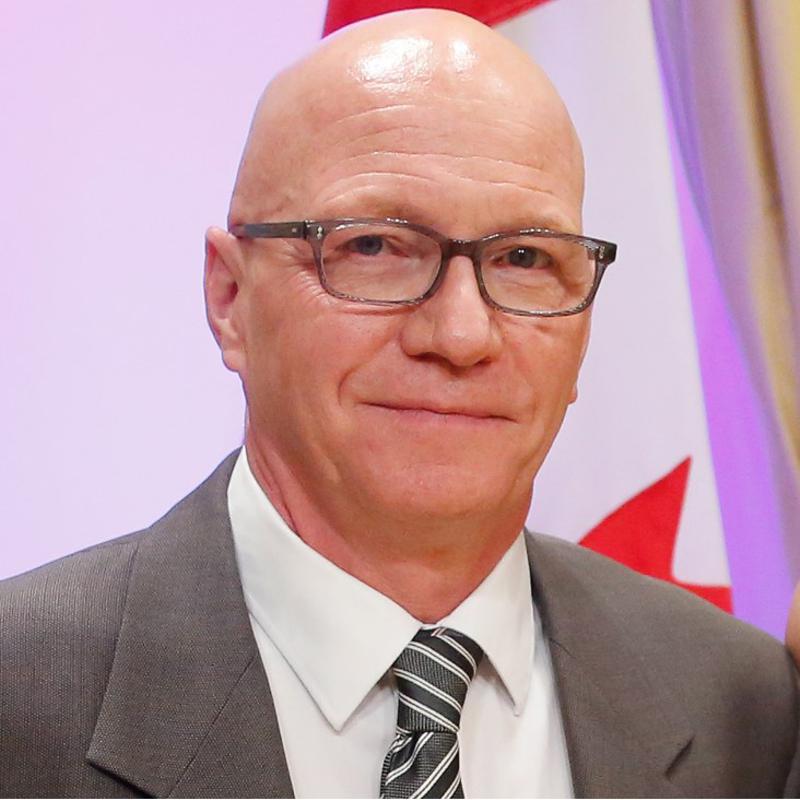

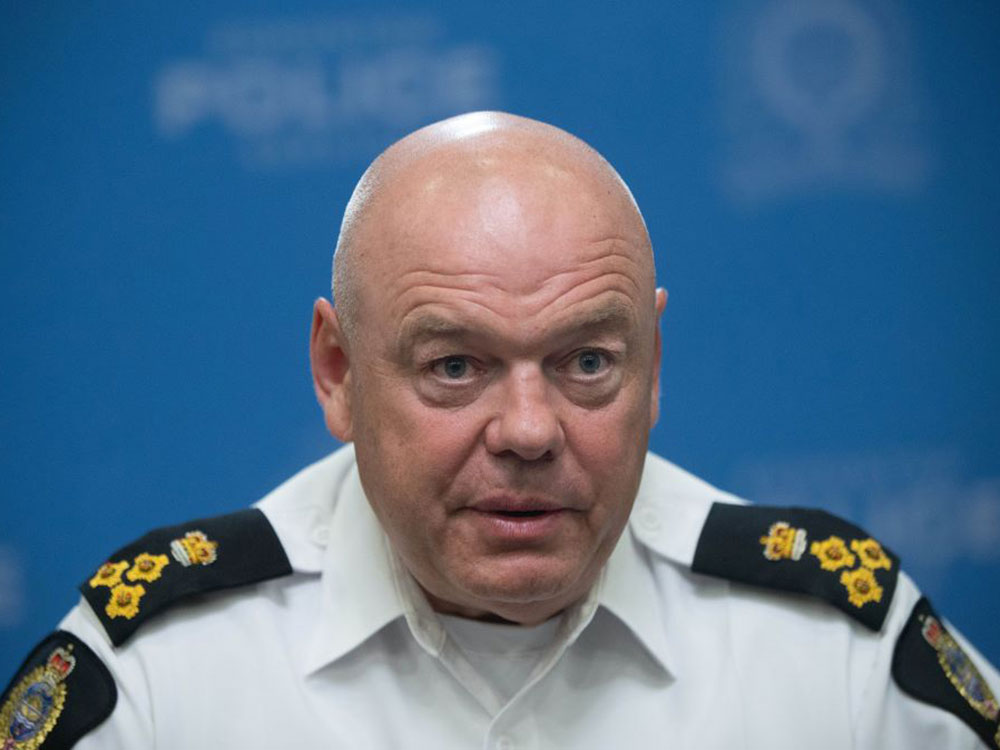
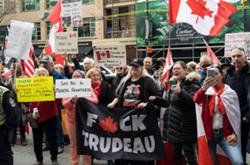
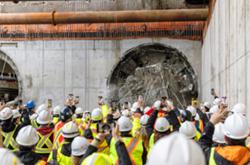



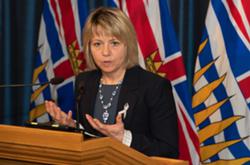
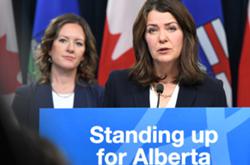

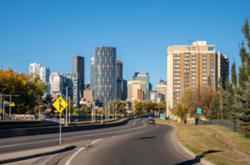



Tyee Commenting Guidelines
Comments that violate guidelines risk being deleted, and violations may result in a temporary or permanent user ban. Maintain the spirit of good conversation to stay in the discussion and be patient with moderators. Comments are reviewed regularly but not in real time.
Do:
Do not: